Following an official preview at the Geneva Motor Show, Volkswagen has now revealed preliminary information and a gallery of new images for its latest Golf Variant. We’ll probably know it as the Golf Wagon in Australia (release date to be confirmed).
Based on the Golf VII hatchback, VW has utilised its flexible MQB platform to help increase cargo space by up to 125 litres and reduce weight by as much as 105kg. Included as standard equipment is the XDS+ electronic differential lock and dynamic chassis control (DCC), with a 10mm lower ride height, will be available as an option. Hmm, Golf R Estate anyone?
In overseas markets up to seven different engine specs will offered and fuel consumption ratings are as low as 3.9l/100km (77kW TDI) or 5.0l/100km (77kW TSI BlueMotion). Local engine options are yet to be specified, but we expect referring to the local hatchback offerings will be a good place to start (90TSI, 103TSI and 110TDI).
You can read and see more from Volkswagen after the break.
To the point: New Golf Estate offers sportiness and variability
- Golf Estate offers agile driving properties and up to 1,620 litres storage
- Distinctive styling and sharp proportions typify the new Golf Estate
Wolfsburg/Amsterdam, 24 June 2013 – Volkswagen will be launching an all-new Golf Estate this summer. The all-round car is based on the Golf VII and utilises technologies and benefits of the innovative modular transverse matrix (MQB). And that means: reduced weight (up to 105 kg lighter), optimised package (100 litres more cargo space), sharper body proportions, new safety and convenience systems, new petrol and diesel engines (up to 15 per cent more fuel efficient) and new running gear technologies.
Agile handling. The new Golf Estate is being equipped with a new standard feature for the first time: the XDS+ electronic differential lock, which perfects vehicle handling in bends. Also for the first time, the new estate can also be ordered with DCC dynamic chassis control and a driving profile selector. Here, the driver selects, by pressing a button, whether driving should be more comfortable or more sporty. The driving profile selector combined with DCC also offers an Eco mode and an Individual mode; in the Individual mode, various parameters can be configured for personal preferences in tuning. As an alternative to DCC (with 10 mm lower ride height), there is also a classic sport suspension (15 mm lower).
Seven turbo direct injection engines. Newly developed petrol (TSI) and diesel (TDI) engines are being used in the new Golf Estate at every power level. All seven engine versions available at the market launch in August (ranging in power from 63 kW/85 PS to 110 kW/150 PS) are equipped with a Stop/Start system and a battery regeneration mode (converts kinetic energy into electrical energy) as standard. 5-speed and 6-speed gearboxes are offered in the Golf Estate; six of the seven TSI and TDI engines may be combined with a 6- or 7-speed DSG. Two of the Golf Estate TDI engines are also available with 4MOTION all-wheel drive as an option.
TSI with 5.0 l/100 km fuel consumption. The new petrol engines (TSI, EA211 series) available at the market launch produce 63 kW/85 PS, 77 kW/105 PS, 90 kW/122 PS and 103 kW/140 PS. All four engines are efficient. For example, in the Estate with a 1.2 TSI BlueMotion Technology engine with 77 kW – a four-cylinder turbocharged direct injection engine – fuel consumption is just 5.0 l/100 km, yet the car has a high top speed of 193 km/h. Even the 90-kW TSI has a low combined fuel consumption of 5.3 l/100 km (DSG: 5.1 l/100 km) in the New European Driving Cycle (NEDC).
TDI with 3.9 l/100 km fuel consumption. The new diesel engines (TDI, EA288 series) also power the Golf Estate extremely efficiently. Their power levels will range from 77 kW/105 PS to 81 kW/110 PS and finally 110 kW/150 PS in the powerful top version. For the 77-kW and 81-kW TDI engines with a manual gearbox, rated fuel consumption is 3.9 l/100 km; for the 110-kW TDI it is 4.2 l/100 km.
100 litres more cargo capacity. Naturally, the prime discipline of the new Golf Estate is its variability. Its cargo capacity, which was increased from 505 to 605 litres (loaded up to the backrest of the rear seat), means that the Volkswagen offers ample luggage space even with five people aboard. When loaded to the backs of the front seats and up to the ceiling, cargo capacity grows to 1,620 litres (previous model: 1,495 litres).
Variable cargo floor. The estate car now has a roll-up cargo cover with a two-stage automatic rolling feature; the cover and the net partition can be stowed under the cargo floor when they are not in use. The cargo floor height can also be varied, or the floor can be removed entirely. Practical: the four bag hooks in the side walls of the bootspace. A new design feature is remote unlatching of the rear backrests that can now be conveniently done from the luggage compartment.
Distinctive styling. Exterior styling of the 4,562 mm long Golf Estate (307 mm longer than hatchback model) reflects the impressive lines of the hatchback model up to the B pillars. From the rear doors back, special modifications develop an independent design of the Golf Estate. It was planned as a member of the series right from the outset and was developed in parallel to the two- and four-door vehicles. So, despite the estate car’s direct relationship to the hatchback models, it shows independent and uniform lines in side profile and at the rear. For the first time, designers succeeded in transferring the taut form that is so typical of the Golf – like the chords of an arc with an inset arrow – from the C pillars to the D pillars of the Estate. Visually, this has made the “third†side window in this area a part of the D pillar. Meanwhile, the new, two-part rear lights of the Golf Estate emphasise its family affiliation with the model series and brand.
Trendline, Comfortline, Highline. The Golf Estate is offered in the equipment lines Trendline, Comfortline and Highline. Like all new Golf cars, the Estate is, as mentioned, equipped with a Stop/Start system and a battery regeneration mode as standard. It is the first estate car in its class to offer the functionality of the new Automatic Post-Collision Braking System (if the vehicle is involved in a collision, it automatically brakes the car after the initial impact). Standard features of the Trendline base version include such features as seven airbags, electric door mirrors, outside temperature indicator, ECO Tips in the multifunction display (shows tips for reducing fuel consumption such as shifting to the next higher gear), electronic stabilisation programme, height-adjustable driver’s seat, electric windows all around, air conditioner, electronic parking brake with Auto-Hold function, XDS+, tyre pressure monitoring indicator Plus (RKA), asymmetrically split and folding rear seat backrests and daytime running lights.
Optional high-tech details. Customers can order the optional PreCrash occupant protection system for the new Golf Estate as well. When this system detects a potential accident situation, the seatbelts for the driver and front passenger are automatically pretensioned. If there is an even more critical situation such as severe oversteer or understeer with ESC intervention, the side windows are closed (leaving just a small gap) and the sunroof is closed. Other new equipment details include Front Assist with City Emergency Braking, adaptive cruise control (ACC), Lane Assist lane-keeping assistant, driver alert system, road sign recognition, ergonomic sport seat (ergoActive seat) and a new generation of infotainment systems. Many of the optional equipment features are offered in packages that can provide customers with significant price benefits.
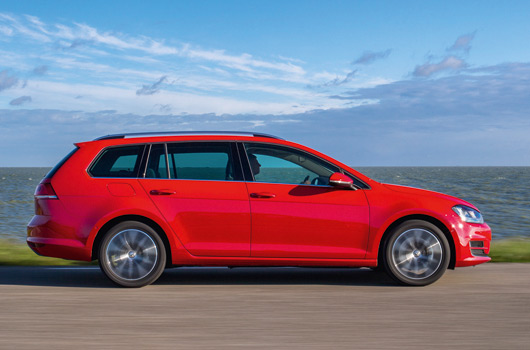
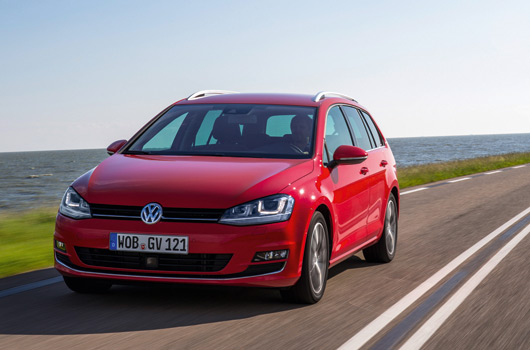
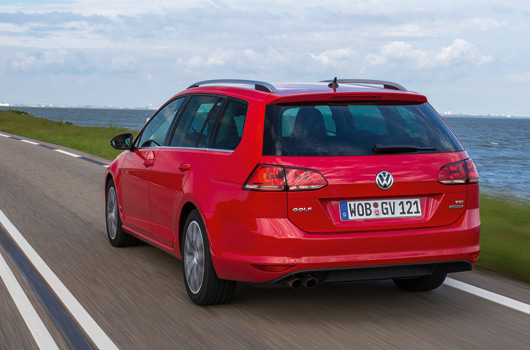
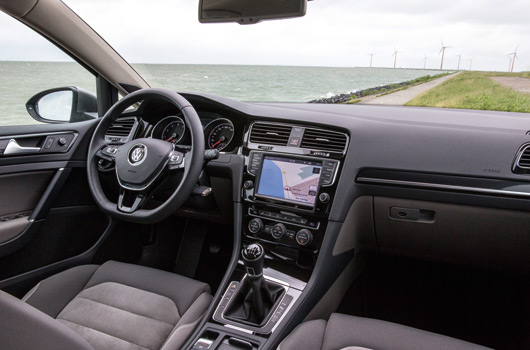
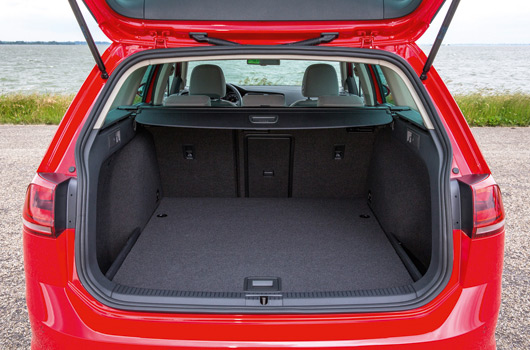
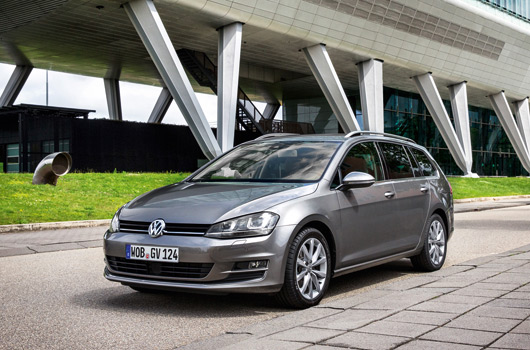
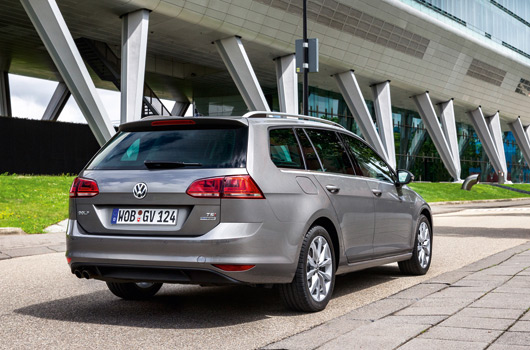
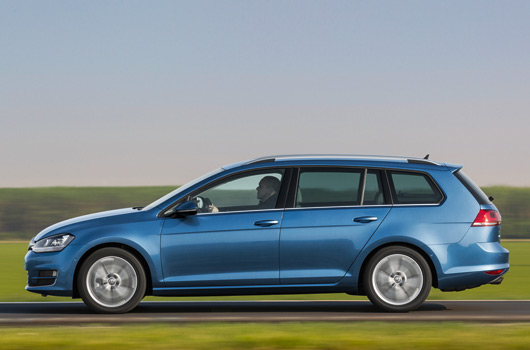
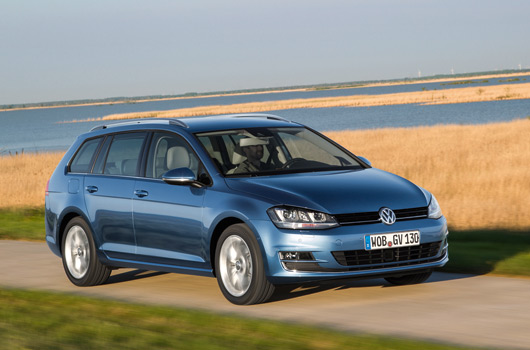
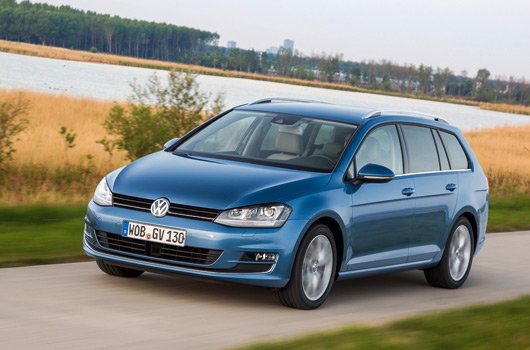
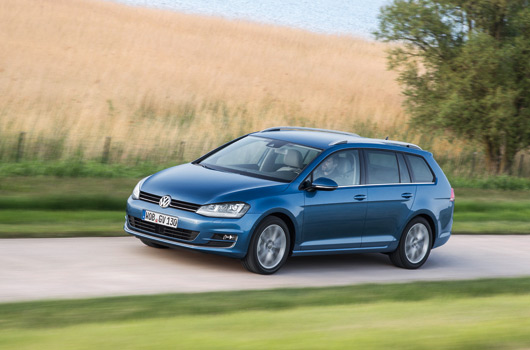
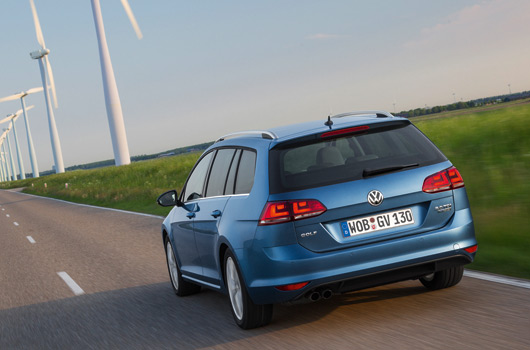
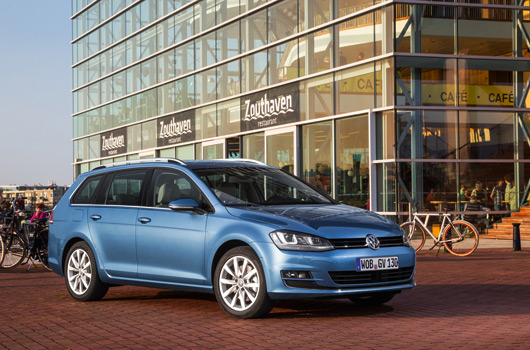
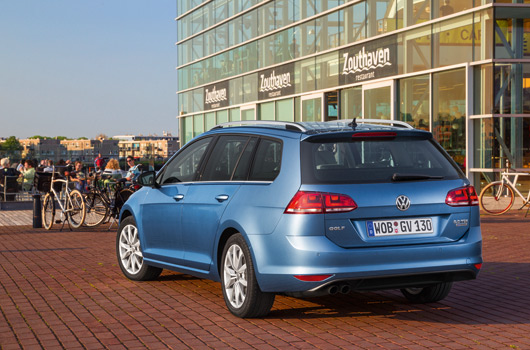
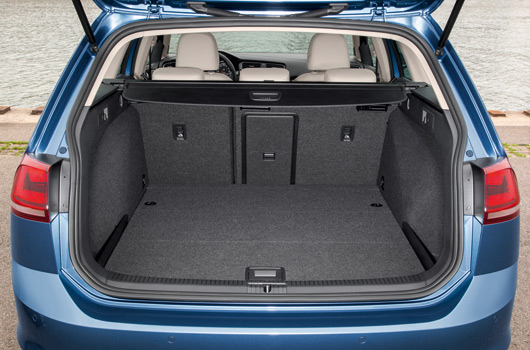
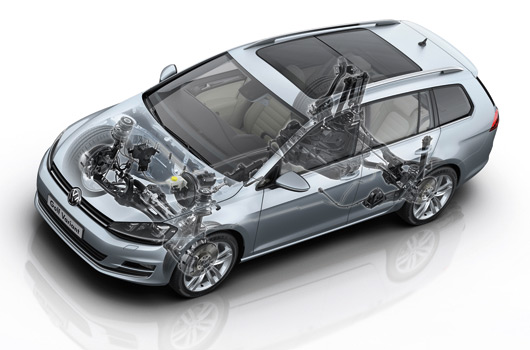
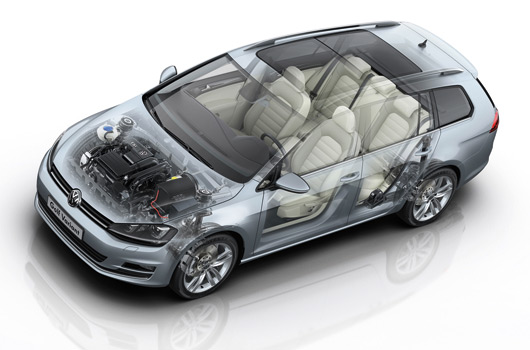
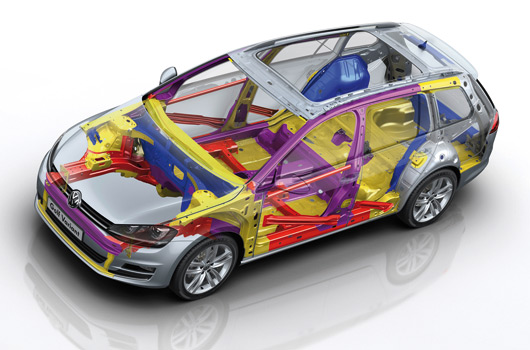
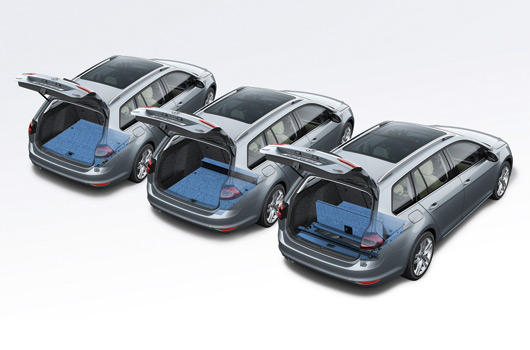
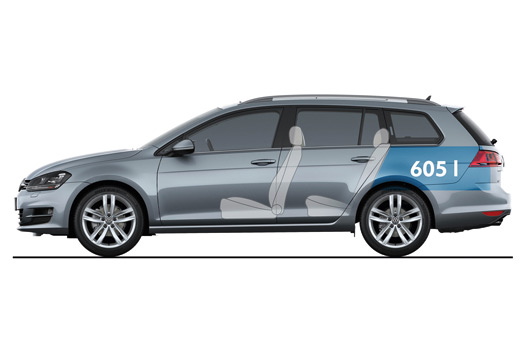
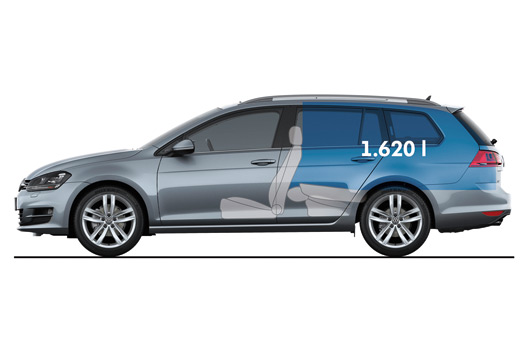
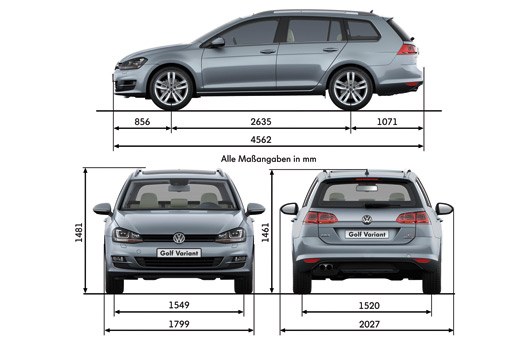
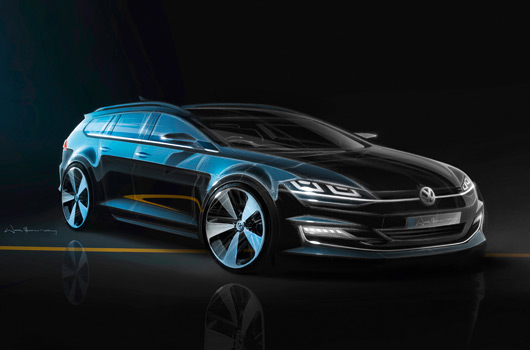
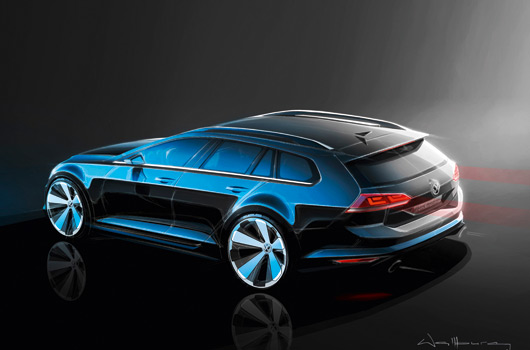
10 replies on “Volkswagen Golf VII Variant revealed”
Does want!
All it needs is the GTD motor and you’re away!
Vhere ist die R fersion? At ze least mit der body kit…
New Skoda vRS Wagon thanks….
yeah, needs a sports version to get me interested. Wish they still did the Passat R36
Will it stay in gear reliably?
This looks FAR better than the last wagon. Those taillights were horrible and made the rear of the car totally unattractive. I’d consider buying one of these…
Yes Dave, it’s a manual, see!
http://www.ausmotive.com/pics/2013/VW-Golf-VII-Variant-20.jpg
[…] Honda has released information for its new Civic Tourer. Given the car is made in Britain it’s pretty much a Euro estate, which generally we love so much. Among others, the Civic Tourer will go head to head with the Volkswagen Golf Variant. […]
[…] may well be stuffing its most powerful Golf drivetrain into the most versatile Golf platform, the Variant (aka […]
[…] cool and are sheepishly standing in that group we just called the stupid public. It’s a euro Estate, so that’s a tick and with its pleasing styling and extra practicality this would make a very […]